The River (1951 film)
7.6 /10 1 Votes
Music director M.A. Partha Sarathy Duration | 7.6/10 IMDb Genre Drama, Romance | |||||||||||||||||||||||||||||||||
 | ||||||||||||||||||||||||||||||||||
Release date 10 September 1951 Initial release September 10, 1951 (New York City) Cast (The Mother), (The Father), (Mr. John), Suprova Mukerjee (Nan), Thomas E. Breen (Capt. John), Patricia Walters (Harriet)Similar movies Interstellar , Angel , Zandalee , Lost and Delirious , The Great Beauty , In Her Shoes Tagline Beauty...Mystery...Delightful Humor... | ||||||||||||||||||||||||||||||||||
The river 1951 trailer
The River (French: Le Fleuve) is a 1951 film directed by Jean Renoir. It was filmed in India.
Contents
- The river 1951 trailer
- Dance in the river 1951 jean renoir
- Storyline
- Production
- Awards and responses
- Influence
- References
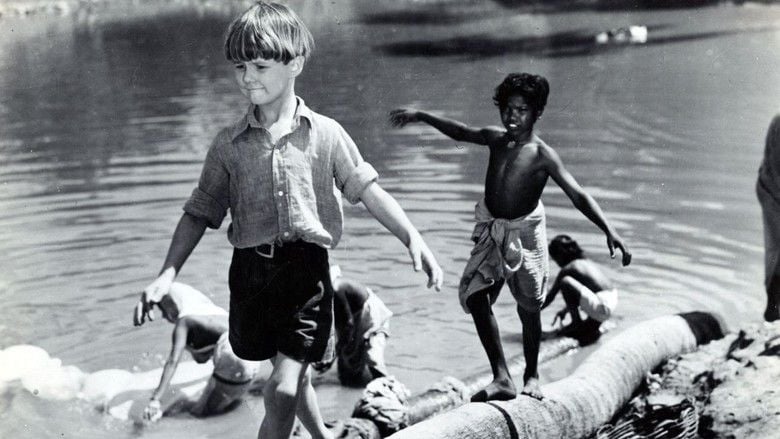
A fairly faithful dramatization of an earlier literary work of the same name (The River, authored by Rumer Godden), the movie attests to a teenager's first love, and how her heart is broken when the man she falls in love with is smitten with her best friend instead.

The film was produced by Kenneth McEldowney, and original music was by M. A. Partha Sarathy. The cast includes Esmond Knight, Nora Swinburne and Arthur Shields.
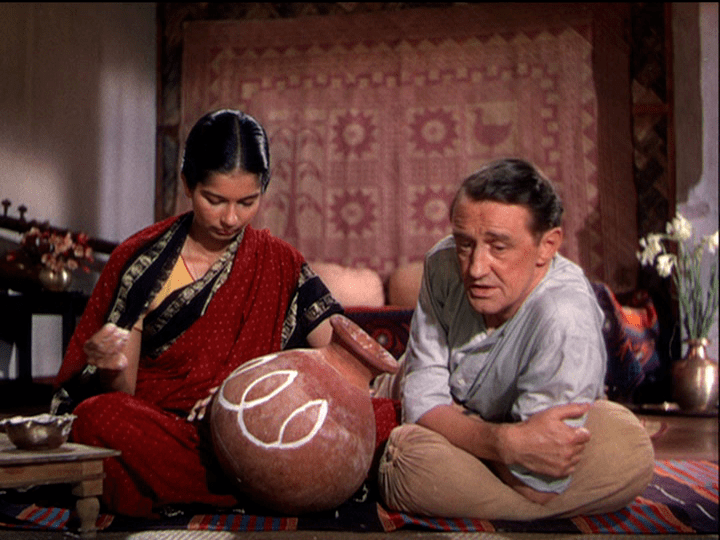
Dance in the river 1951 jean renoir
Storyline
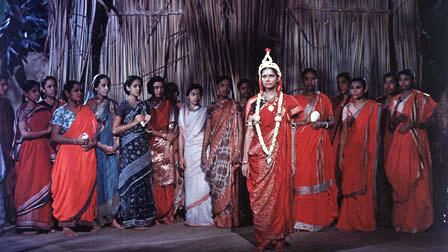
Harriet (Patricia Walters) belongs to an upper middle-class English family residing on the banks of the Ganges River in India. Her father (Esmond Knight) runs a jute mill, and she has four sisters. Her only brother (Richard R. Foster), somewhat ten years her junior, wants to learn how to tame cobras with a flute. Although they are raised in a genteel, English setting, and even have the benefit of a live-in nanny, their upbringings bear the mark of a curious confluence of Western and Eastern philosophies. If there ever could be a compromise between Christianity and Hinduism, they are immersed in it. (The youngest girl, for instance, has a rabbit she treats as her newborn baby, and says that some babies can be born again and again.)
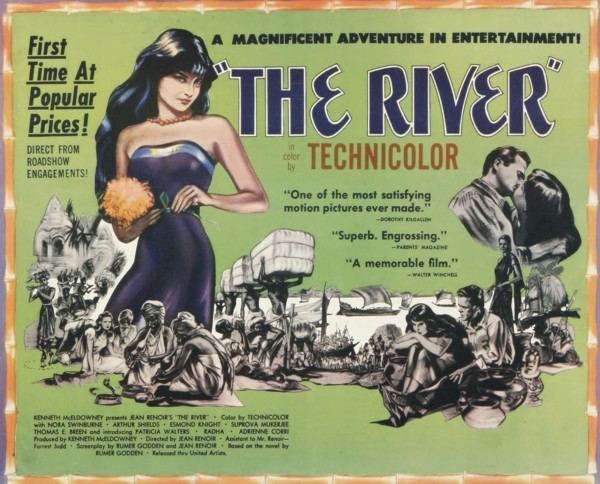
The tranquility of an upperclass English family lifestyle, however, takes a tumble and turns thoroughly topsy turvy when the family's neighbor invites his cousin, Captain John (Thomas E. Breen), to live with him on his plantation. When Captain John arrives, the girls discover he has lost one leg in the war. Notwithstanding his handicap, he has such an atmosphere of charm and sophistication about him that the daughters are all understandably smitten with him and therefore invite him to a Diwali celebration, complete with a formal invitation in writing, hand-delivered by the oldest daughter herself.
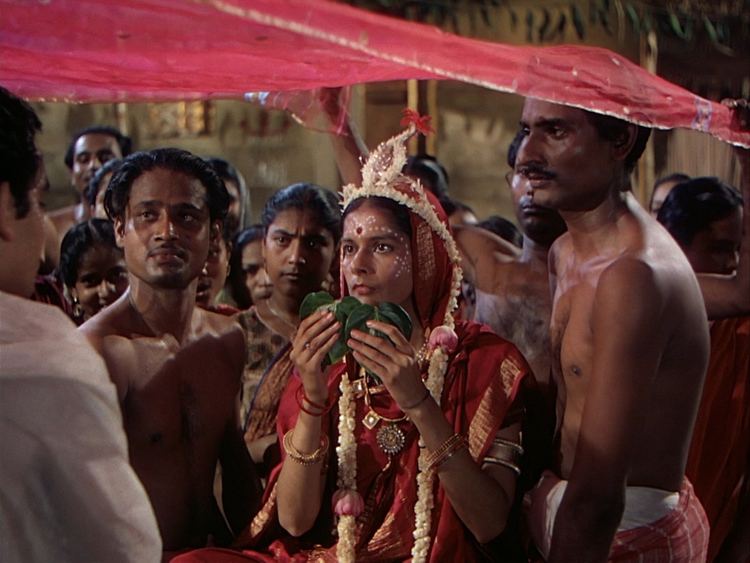
Harriet's otherwise uneventful life contains moments worth recording and, to invite Captain John further into her life, she eventually gains the courage to show him her secret book - her diary. He politely acquiesces in a kind and fatherly way.

Later, eager to impress upon him her familiarity with Hindu religion, or perhaps to divert his attention from her best friend, Harriet tells him a marriage story where mundane identities of ordinary peasants are subject to divine change and transformation. In this tale, Lord Krishna intervenes in a wedding ceremony to assume the identity of the groom, and a bride is temporarily transformed into Krishna's consort. The moral to the story is that things are not always as they seem, nor that what you see is what the other person necessarily sees, and that but for the intervention of Krishna, things taken at first appearance, may be elevated to something significantly different.
One day, somewhat after the festival of Diwali, Harriet secretly follows Captain John and her best friend Valerie (Adrienne Corri), to a point on the river bank where they think they are alone. It is there that Captain John trades a passionate kiss with Valerie, which Harriet witnesses. This incident, coupled with her perceived role in the death of her brother, makes Harriet lose the will to live. Preferring to die, she runs away from home that night and attempts to commit suicide by floating down the river in an unattended canoe-like skiff. The river should not be navigated at night, as there are strong currents, and two or three people are usually needed to row a boat against the current. Overcome with very high waves, an unattended boat would take on water and sink. Dying on the river, as from a boat that sinks, would certainly have the appearance of an accident, but Harriet takes things a step further by lowering herself into the water. Her death would have been a sure thing but her brother's friend has seen her steal the boat and fishermen rally to rescue her from the water. Ashore, she is brought back to life, and the captain then kisses her on the forehead. He returns her to her home.
Later in the movie, alone in a room elsewhere in the family's mansion, we discover that Captain John has a much deeper and more mature interest in Melanie (Radha Burnier), the twenty-ish, mix-blooded daughter from his cousin's marriage to an Indian national who has died. Without so much as a heated word, Captain John and Melanie appear to have reached a point where their irreconcilable differences are insurmountable. Unlike the five other girls in the movie, Melanie does not appear deluded by Captain John's bearing, and particularly on account of their culture clash finds him more overbearing and stifling than seductive. (This represents a directorial departure from the literary work the movie was based on, as the English family in the book had no admixture of blood from Indian nationals, and Melanie as a character did not exist.)
Production
Shot in Technicolor, a five-month turnaround at the lab meant things had to be done right the first time. In filming this movie, Renoir made use of nonprofessional actors in key roles, including Captain John and Harriet. The future Indian film maker Satyajit Ray, then working in advertising, met Renoir while The River was in production, and the two men became friends. Ray met Subrata Mitra, a production assistant on this film and Ray's eventual cinematographer, during filming.
Thomas E. Breen, playing Captain John, was a veteran of the United States Marine Corps who was injured during fighting on Guam in 1944, resulting in amputation of his right leg. Renoir selected him for the role without knowing that he was the son of Joseph Breen, head of the Motion Picture Producers and Distributors of America, who was the chief censor of films in the U.S.
Awards and responses
At the Venice Film Festival, the film won the International Award in 1951. The National Board of Review in the United States decided that it was among the Top Five Foreign Films for 1951.
Roger Ebert added The River to his "Great Movies" list in 2006.
Influence
At the New York Film Festival, director Wes Anderson, a great fan of Jean Renoir, discussed Martin Scorsese's having shown him a print of The River; it is one of Scorsese's favourite films. The River was hugely influential upon Wes Anderson's film, The Darjeeling Limited (2007), as it inspired Anderson to make a film about India.
References
The River (1951 film) WikipediaThe River (1951 film) IMDb The River (1951 film) themoviedb.org
